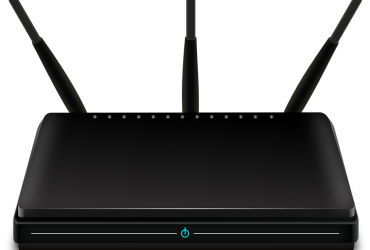All About Individual Voluntary Arrangements
An IVA is flexible enough to suit your individual needs but it is extremely costly and there are significant risks to take. An IVA has to be established by a professional legal person, known as an insolvency practitioner. This is usually an accountant or a solicitor.
The practitioner works out an Individual Voluntary Agreement for you, taking into account your current circumstances and income. He then works with you and your creditors to establish an agreement which will repay all or part of your debts. The arrangement can either be agreed upon in full on arrival or, if more time is needed, it can still be negotiated until you have made all the payments in the agreed period.
An IVA cannot stay in place for more than two years. Once it is in place, the monthly repayments are likely to increase substantially. If the monthly repayments are not increased, then the creditors will opt for IVA’s and this will mean that you are declared bankrupt. Your bankruptcy will remain on your credit rating for 10 years and any future attempts to get loans or credit will be rejected.
It is not unusual for people to go through the whole process of obtaining credit after an IVA has been filed. This is because, under the rules of bankruptcy, anyone who has filed for bankruptcy automatically receives “all or part” of their debts as discharged. However, this does not mean that the debtor’s credit rating immediately becomes better. Lenders will not always decide to give credit to those declared bankrupt. Instead, they will seek to recover the money that they have lent to the bankrupt.
The only way that an individual can benefit from an IVA is to pay it off as soon as possible. Even if you are in a better position financially than before applying for an IVA, if you cannot afford to make your monthly payments, then you will fail to benefit from the IVA plan. If you are in a better financial situation but do not want to pay back the full amount of your IVA loan, then you can apply again to an IVA provider. However, the new application will include all new charges and this means that you will have to pay over and above the IVA payments. If you fail to pay the creditors by the due date, then you could be declared bankrupt.
When you begin the application process for an IVA you will be asked questions relating to your current income and financial situation. You will also be asked whether you have applied for bankruptcy previously. This is to check whether there are any other IVAs or bankruptcies still pending against you. If there are, you may find that your application is declined and your IVA will not become active. If you are declared bankrupt, then your IVA will become active immediately and your bankruptcy should be reported to the credit bureau.
However, if your bankruptcy is declared as no fault, your IVA will become active immediately and you will begin to pay back each of your creditors. In many cases, you will also find that you are granted greater discounts on your debts. This means that you will be able to pay off the majority of your debts much faster, or even have a lump sum paid to you, rather than paying monthly payments for many years.
The most important thing about an IVA is that your debts are not allowed to increase during the lifetime of the arrangement. This means that you are not able to borrow more, or take out loans to pay off your debts. This means that you have to plan your expenditure and work out a budget. You should also consider whether it is worth paying off a percentage of your debts, as this will usually be cheaper than paying off all of your debts. However, in order to keep up with repayments you may have to sell some of your assets.




